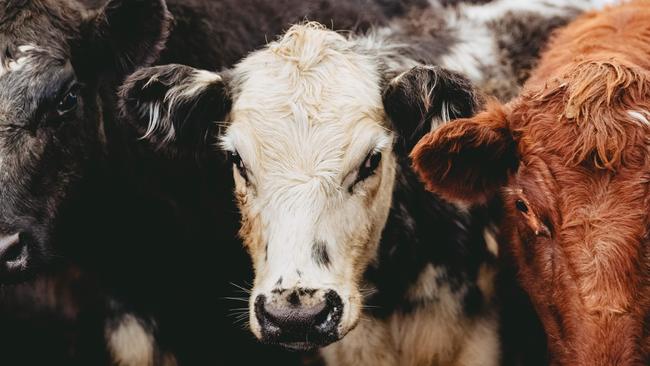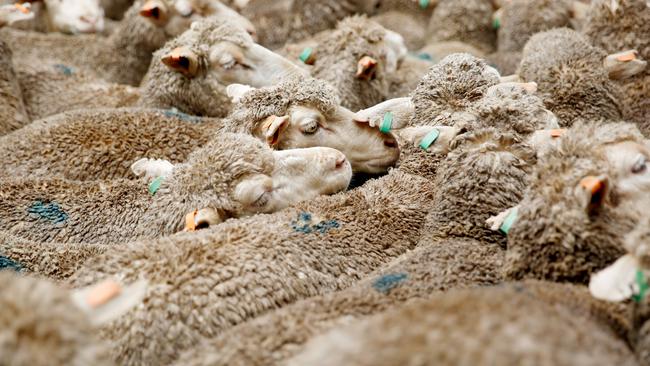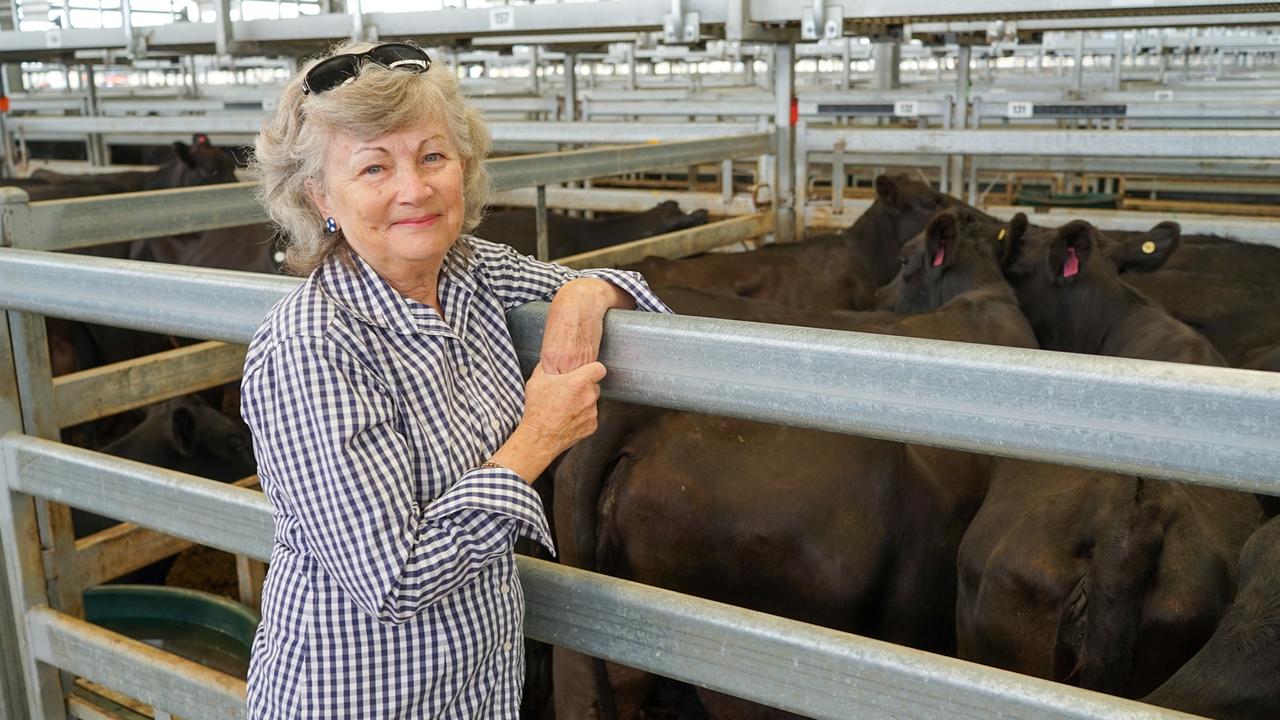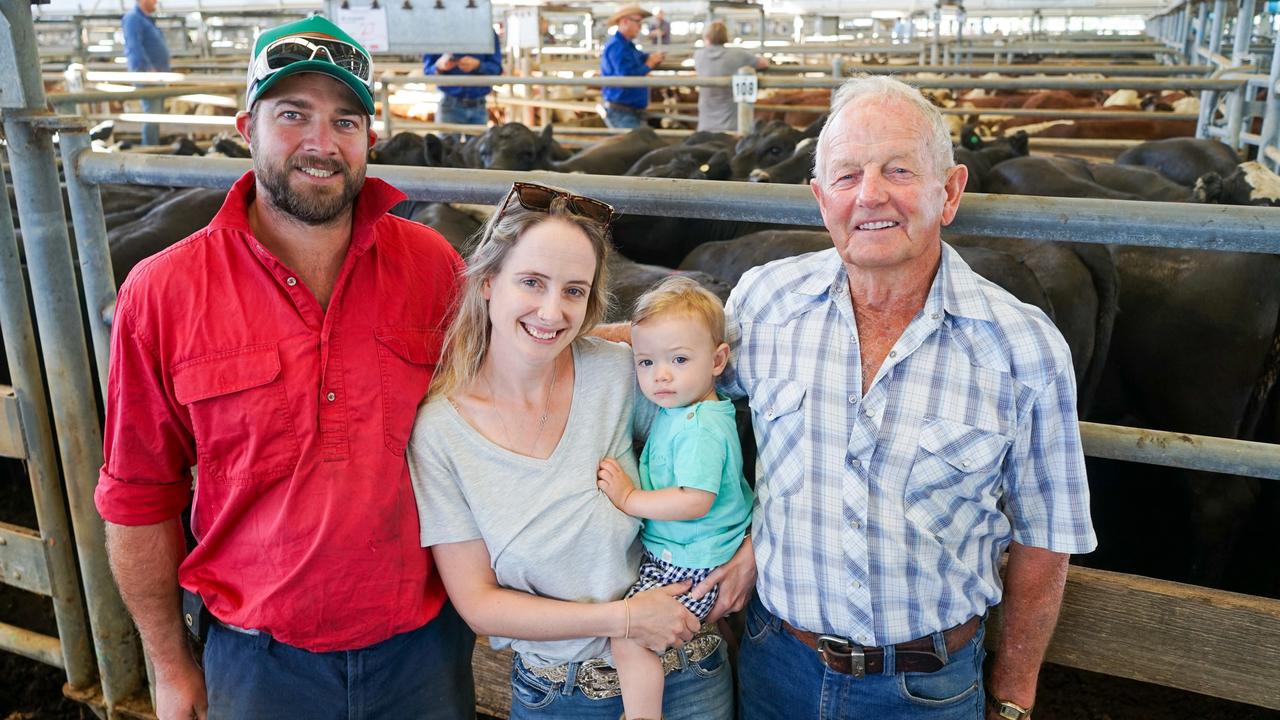Cattle firm on low supply, lamb eases on high numbers
Cattle supply remains the focus of strong pricing, but heavy lambs take the hardest hit due to plentiful supplies.

Supply is continuing to hold the cattle market together, with only slight moves in general price trends in the past week.
It comes as Meat and Livestock Australia downgrades its forecast for cattle slaughter this year, announcing it expects just 6.4m animals to be processed. This would be the lowest slaughter in 36 years.
Apart from low numbers, quality issues are now pressure points for meat buyers with a lot of cattle at saleyards presenting in store or feeder condition rather than properly finished. The trend is particularly evident in tradeweight cattle, with top quality vealers and yearlings in scarce supply.
At Pakenham on Monday this week only a handful of heavy vealers were available and sold at firm rates to a top of 515c/kg liveweight. However lighter types under 330kg and leaner where cheaper, some pens showing corrections of 10-15c/kg with buyers unwilling to go above 500c/kg.
The bulk of sales to domestic processors are sitting between 430c to 490c/kg lwt.
A breakdown of EYCI data shows processors are not chasing the market, with feedlot and restocking buyers still the strength behind young cattle prices. Monday’s results for the EYCI (which is a seven-day rolling price average for beef bred vealers and yearlings sold at major prime markets) was:
AN average of 794c/kg carcass weight for EYCI stock sold to meat processors;
AN average of 846c/kg cwt for animals sold to feedlots; and
AN average of 952c/kg cwt for cattle sold to restockers.
This put the EYCI at an overall price average of 885c/kg cwt on Monday night — a rise on results of late last week.
As the figures above show, feedlots and restockers are keeping the EYCI at a very strong pace. There was more feedlot buying activity at Wagga Wagga in NSW on Monday this week, which pushed the main run of heavy yearling steers (400kg plus) to an average of 469c/kg lwt or $2124. The heifer portion averaged 450c/kg lwt.
In the export market, grown steers showed signs of a strengthening market in early trading this week.
At Pakenham the main run of good C-muscle bullocks, weighing 600-750kg, sold in a tight band of 388c to 395c to average 392c/kg lwt, a gain of 5c on a week ago the NLRS reported. In dollar per head terms the average was $2766. There was some heavier bullocks that comfortably made over $3000.
Cow prices are shifting around to hold an average of 286c/kg lwt, which is within the ballpark of where the market has been sitting in the past month.
Good beef cows were dearer at some centres on Monday, selling from 290c to 320c/kg lwt.
HEAVY LAMBS TAKE THE HARDEST HIT
The dry autumn is starting to pressure the lamb market as more numbers appear in saleyards.
Throughput jumped at all the major markets on Monday this week, led by Bendigo, which yarded 20,000 head for an increase of 6000 on the week before.
Further north into NSW there was 12,500 at Corowa (3700 more) and 12,845 at Dubbo, up 3200 head.
All these sales reported easing price trends of between $5 to $15 per head, with heavy lambs taking the hardest hit due to a combination of plentiful supplies and sporadic export competition at physical auctions.
Two major companies, JBS and Thomas Foods International, did not field buyers at Bendigo this week and reports from other centres also mentioned less processor buyer activity than usual.
The latest data from the saleyard sector highlights how the supply of heavy lambs is currently far greater than the pool of domestic and light lambs, and how this is influencing price results.
The following breakdown is the number of lambs sold and price average recorded for the main categories of lambs in the auction system on Monday, based on data collected by the National Livestock Reporting Service:
59,837 heavy lambs (22kg cwt and heavier) averaged 774c/kg cwt;
11,176 trade lambs averaged 809c/kg cwt;
8441 light lambs averaged 834c/kg; and
7685 Merino lambs averaged 772c/kg cwt.
Price results followed this pattern at Bendigo on Monday, the NLRS noting that super-heavy export lambs suffered the most discounting, with genuine domestic lambs and Merino lambs selling well in comparison.

The top price at Bendigo was $278 for big crossbred lambs that had averaged over 80kg liveweight when put over scales on-farm, for an estimated carcass weight of 40kg.
Despite some excellent quality and weight on offer, only half a dozen pens of export lambs sold above $260 with the bulk of the 30kg plus lambs at Bendigo from $225 to $255/head. The NLRS quoted a range of 670c to 750c/kg for these extra heavies for a ballpark average of 710-720c/kg.
Most trade and heavy trade (24-28kg cwt) sold in a range of $185 to $220, for a carcass price spread of 700c to 780c/kg. The NLRS said only the neatest ideally weighted trade lambs sold above 800c/kg at Bendigo.
Matching and often exceeding crossbred money was the Merino run, with several buyers focusing on these for their higher skin values and leaner carcasses. Good Merino trade and heavy lambs sold from $180 to $220 at Bendigo, and on a national basis the Merino average is now aligned with the price point for heavy crossbred lambs.
Low supplies continue to protect the sheep market from any significant price falls.
There was 11,646 sheep sold at NLRS monitored saleyards on Monday, generating an average price of 646c/kg carcass weight.
MORE
CATTLE PRICES EASING OFF OF A RECORD HIGH


